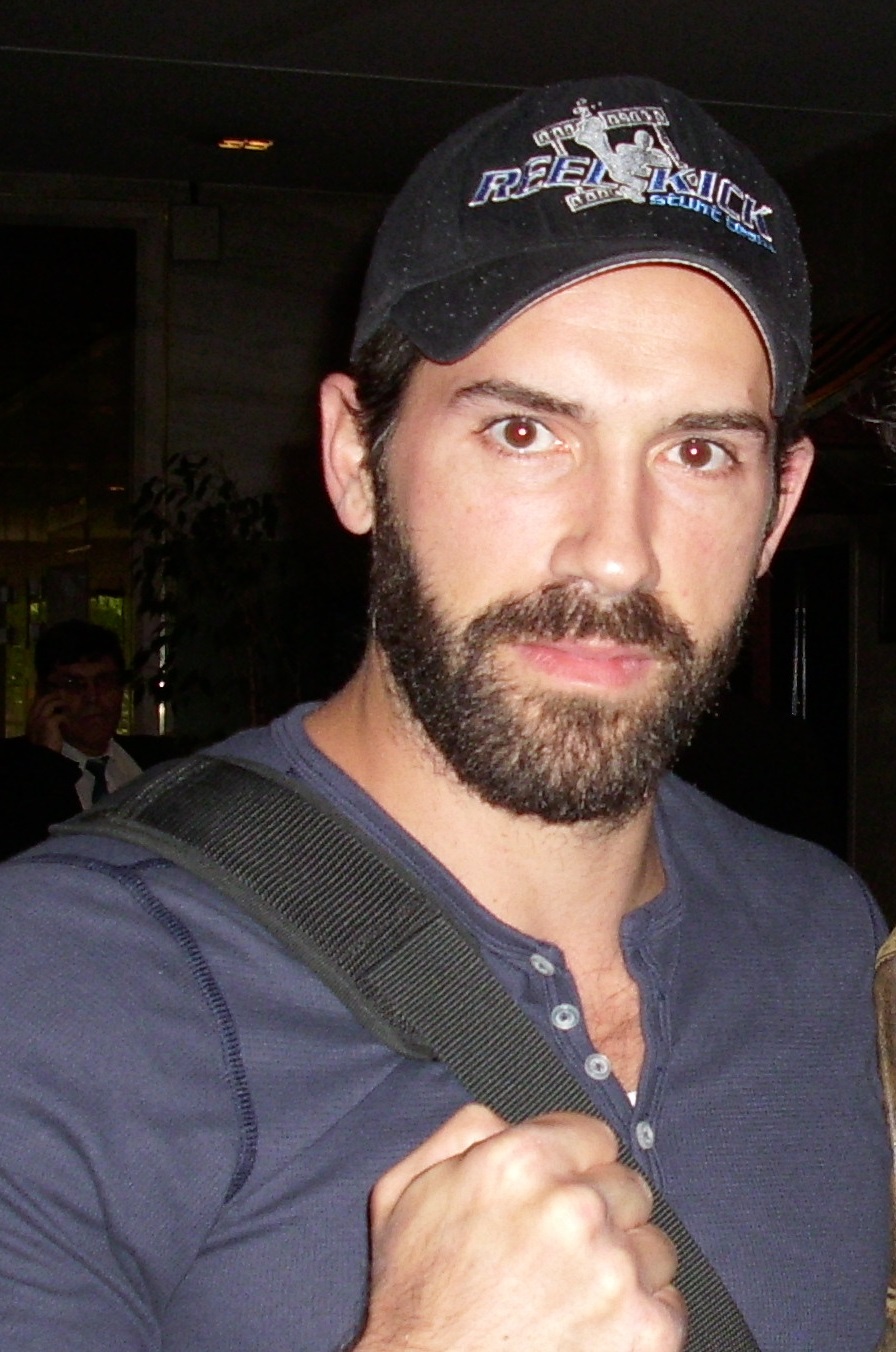The Search For Happiness
Regardless of what you want, a new car, a black belt, a boyfriend etc,
ultimately, the thing we all crave is to be happy. Despite this, many
fail to grab hold of this free commodity. This article offers three
suggestions for how you can find happiness in your life.
This short article offers four easy-to-follow philosophies for find happiness in your life.
Reaching Out, Reaching In
Most people are aware there is some sort of mind body connection but few realise just how much it impacts our lives. We live in a World where literally thousands of people die each day due to stress related illnesses and one in five adults live with psychosomatic illnesses. So why are people so many people unhappy and therefore unhealthy?
Most people are aware there is some sort of mind body connection but few realise just how much it impacts our lives. We live in a World where literally thousands of people die each day due to stress related illnesses and one in five adults live with psychosomatic illnesses. So why are people so many people unhappy and therefore unhealthy?
The Definition Of Frustration
Frustration rears its ugly head in nearly every area of our life. We may become frustrated at work because we are not recognised, in our studies because our results are not improving, in our fitness programs because the weight doesn’t seem to fall off, in our relationships because we continue to argue. This article gives insight into how to give frustration the slip and move forward in your life.
Frustration rears its ugly head in nearly every area of our life. We may become frustrated at work because we are not recognised, in our studies because our results are not improving, in our fitness programs because the weight doesn’t seem to fall off, in our relationships because we continue to argue. This article gives insight into how to give frustration the slip and move forward in your life.
All I want Is To Be Happy
With the complexities of the human condition, when you break it all down, we all share one basic desire in life; we want to be happy. If this is the case, and we put so much effort into achieving it, why is it so hard to find? This article looks at the human emotion of happiness and how to best obtain it.
With the complexities of the human condition, when you break it all down, we all share one basic desire in life; we want to be happy. If this is the case, and we put so much effort into achieving it, why is it so hard to find? This article looks at the human emotion of happiness and how to best obtain it.



















